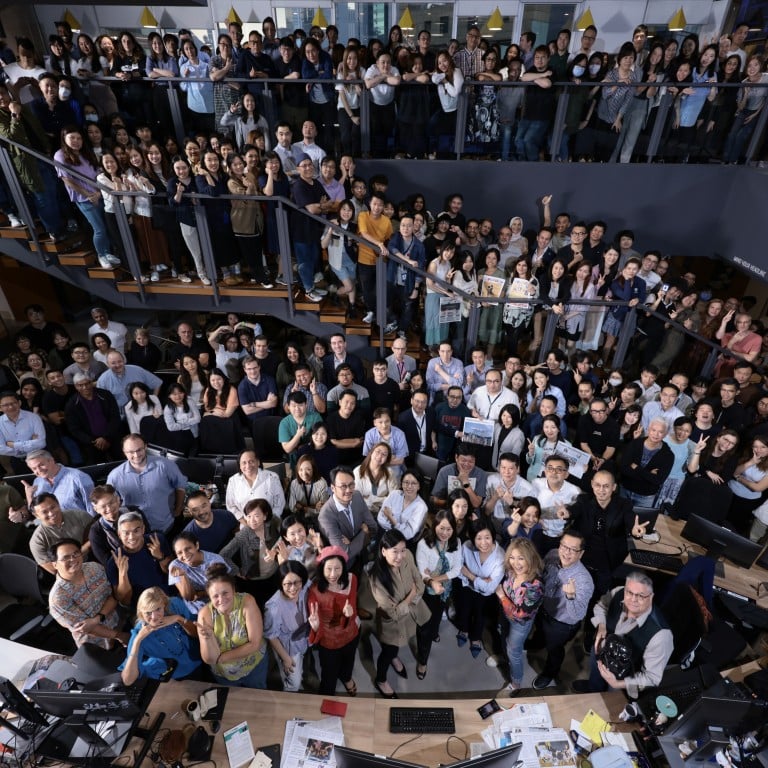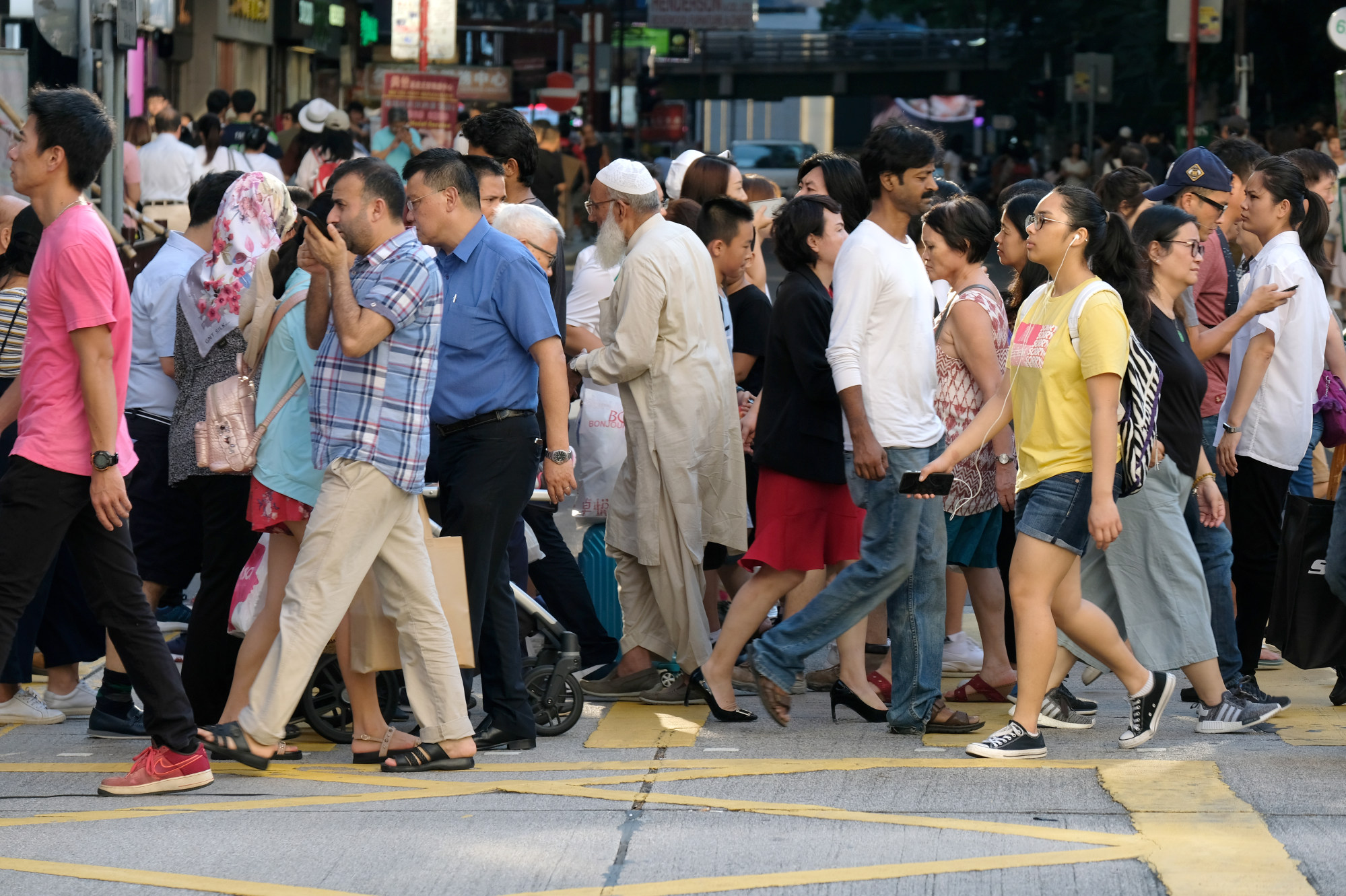
Why the South China Morning Post, like the city we call home, is one great melting pot
- With well over 700 people of nearly 30 different nationalities at the Post, a more diverse workplace is hard to find
- The Post also places great importance on gender equality, with our news platform having a section dedicated to journalism on women’s issues
For years since I first started working as a rookie reporter in this city in the lead-up to its 1997 transfer of sovereignty to China, most local people would tell me I was the first Tibetan journalist they had ever encountered, if not the first Tibetan person full stop.
I wore my extra-minority status as a badge of pride – being different and distinct somehow felt special. Not any more.

Fast forward to today, well into my ninth year at the South China Morning Post, and I’m still the only Tibetan in our newsroom – but no longer such a rarity. This place is a melting pot, a veritable United Nations of journalists and related professionals.
If anyone out there can boast of a more diverse and inclusive newsroom or workplace, feel free to burst my bubble, swollen with pride as I tend to get at the Post.
We have well over 700 people of nearly 30 different nationalities. My Hong Kong and Greater China colleagues obviously form the majority as natives of the country that our newspaper takes its name from, but we also have people from Australia, Brazil, Canada, Chile, Egypt, France, India, Indonesia, Italy, South Korea, Malaysia, the Netherlands, New Zealand, Nigeria, Norway, Pakistan, Peru, the Philippines, Russia, Singapore, Spain, the United Kingdom and the United States.
Diverse workforce critical for companies in Hong Kong, EU business panel hears
It reminds me of what Martin Luther King, Jr once said: “We may have all come on different ships, but we’re in the same boat now.” That is the reality for all of us who call this great city home and share the same limited space with millions of Han Chinese residents.
According to government statistics from the last census in 2021, Hong Kong is home to more than 619,000 non-Chinese people, who make up about 8.4 per cent of the population.
The last two principal minority groups listed as “White” and “Others” should cast a wide enough net to ensure no one else is left out, and I daresay they are also adequately represented at my workplace.

Hong Kong’s ethnic minority history dates back to the expansion of the British Empire, with the Caucasian colonial conquerors who settled here forming the first minority group. The South Asians were next, namely Indians, Nepalis, and Pakistanis, as soldiers, police, traders, and labourers supporting the British colonisation.
Today, their descendants have prospered and become an integral part of our social fabric, their numbers surging with new immigrants from all over the world in a continuous process that speaks volumes about this city’s multicultural environment and hospitality.
Of course, it’s not a completely rosy picture – we do have upward-mobility problems among ethnic minorities in the lower-income bracket, trapped in a cycle of poverty and discrimination. Unfortunately, covert or passive racism does exist here, especially against darker-skinned people, but not to the extent that anyone has to live in fear of violence or institutional injustice.
Both our CEO and editor-in-chief are women, and female editors overall outnumber their male counterparts. You can say women hold up more than half the sky in this place
In fact both our CEO and editor-in-chief are women, and female editors overall outnumber their male counterparts. You can say women hold up more than half the sky in this place.
“Our ability to reach unity in diversity will be the beauty and the test of our civilisation,” Mahatma Gandhi once remarked. Sounds like fantasising about an impossible ideal in this wider world of ours, torn apart as it is by clashes of civilisations divided by racial, cultural, religious, ideological and national differences.
But I’m proud to report that at the South China Morning Post, on the 120th birthday of Hong Kong’s newspaper of record, we’re not doing so shabbily at all on the “unity in diversity” front.

